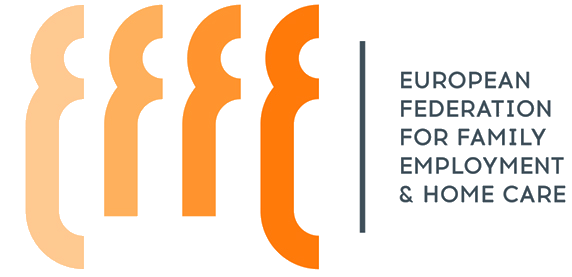
Being closely knitted together, family and female employment policies are experiencing broad variations from one country to another, be it cash, in-kind or tax interventions. Childcare access is heterogeneous and depends on national wealth levels and on what policies are implemented so as to allow broader access for women to the labour market…
Implementing a substantial and varied childcare offer should allow women to maintain their professional activity along their parenting duties. Homecare patterns are bringing in that framework a decisive contribution to covering young children’s needs and women employment.
Female employment rates in Europe has increased from 51.2% back in 1997 up to 65.3% in 2016 and might even grow more for the years to come. Numerous gaps are however lingering between Member States: Italy and Greece are displaying for year 2016 the lowest women employment rates, respectively 51.6% and 46.8%, whereas it staggers up to 84.4% in Iceland.
An overview of the overall situation in Europe
30% is what is regarded to be the average EU rate for “formal” childcare facilities for children under 3. As a matter of fact, not all countries have set an individualized care system so far. Apart from both Eurostat and Eurydice reports, there is hardly any available data to be found on a European scale.
Family support : more or less lower-class households-oriented social policies
A closer sight on France
Individualized childcare i.e. maternal assistants and in-home care has been a core concern in France as public authorities have been focusing on developing a diversified and high quality childcare offer policy. An estimated 1.2 million family employers have chosen this system which employs more than 400.000 people, broken down in 100.000 in-home child carers and 335.000 childcare assistants.
With hindsight, the implementation of both systems on January 1, 2004 has strongly favoured the development of individualized childcare in the following years. Two measures called “child fostering performance” (Prestation d’accueil du jeune enfant, PAJE) and “caring model free choice complement” (Complément de libre choix du mode de garde, CMG) have been created afterwards.
Both amounts of childcare assistants employing families and in-home childcare have substantially grown between years 2004 and 2014, respectively +35.5% and +39%. The volume of worked hours has also known a 51.1% increase for childcare assistants, where it has grown of a more modest 11.3% proportion for in-home childcare.
On a recent three-year time lapse, a less dynamic development of individual care must be pointed out. It can easily be explained by various factors such as the rise of employment costs, negative backlash of economic crisis on average household incomes, and significant imbalance between too many retiring childcare assistants and not enough entering the labour market.
60% of today’s childcare theoretical vacancy is offered by childcare assistants i.e. more than 800,000 vacancies for children under 3. This percentage may increase with regard to the simultaneous increasing, approximately estimated to 350,000, amount of families with an unsatisfied need of childcare.
A FEW FIGURES
TO GO FURTHER INTO THE SUBJECT
EU28
France
Share
A social Europe that works for every home